The Verbena Plant: [Planting, Care, Irrigation and Substrate]
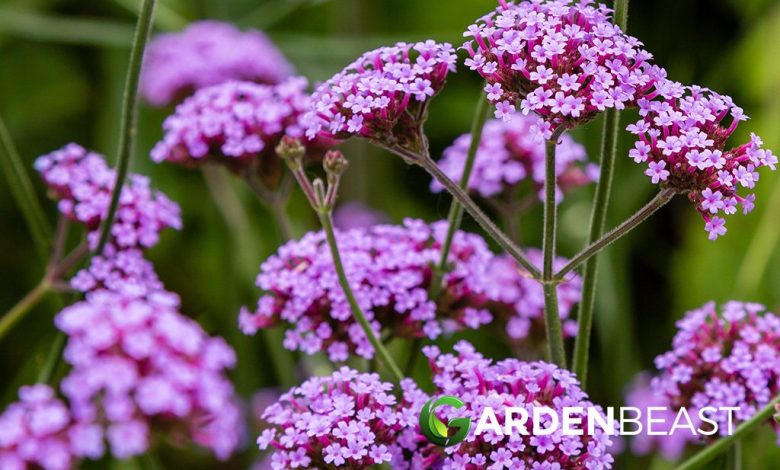
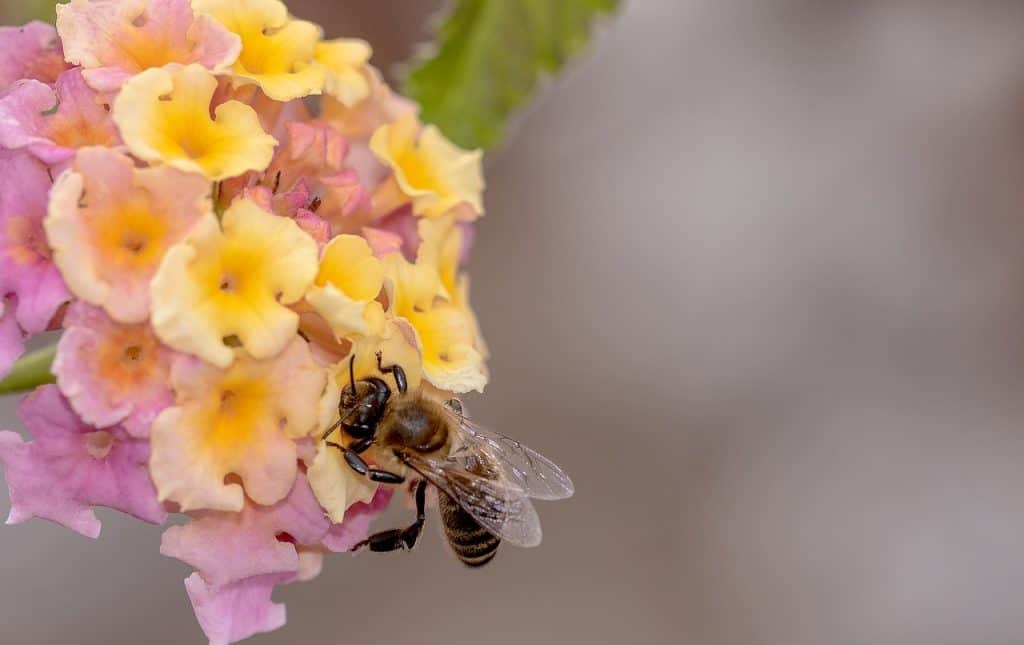
Verbena is an annual perennial downright perfect for growing in pots or hanging pots.
Its scientific name is Verbena Officinalis. And some 200 types have already been officially categorized because its great adaptability has generated many variants or mutations.
It can grow anywhere on the planet.
It is not greatly affected by climatic changes, but where it is most affected by environmental issues is when it is grown in southeastern Europe.
Characteristics of Verbena
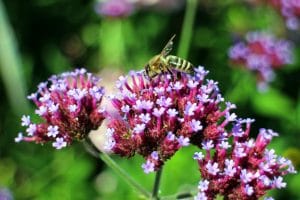 Its leaves are small and bright green. It can be considered an ornamental plant, and it grows spectacularly in wild terrain.
Its leaves are small and bright green. It can be considered an ornamental plant, and it grows spectacularly in wild terrain.
The coloration of its variegated flowers is special, because it varies in tones that go from white to red and a range of mauve of great impact that will be the sensation of your home, because indoors it lives without major problems.
Its spectacular blooming begins in the spring and can last well into fall. As a good creeping plant of origin, its leaves are simple but opposite each other.
Outdoors , the purple tone of its flower expands impressively.
Did you know…?«‘Tears of Isis’ is a nickname for vervain and probably one of the coolest flower names we’ve ever seen.
Although the flower is native to America and Asia, it is a popular plant throughout the world.
Temperature: Where to sow Verbena?
It supports very hot climates naturally, without main or collateral damage.
And extremes, of very low temperatures, it also endures with great stoicism.
Verbena needs at least six hours of sunlight a day, prefers well-drained soil but is not fussy about soil quality.
These requirements are not unusual for most annuals, but unlike some hardier plants, verbena doesn’t do well when it’s a bit neglected. Without regular attention it will become a burnt, flowerless clump of unattractive foliage.
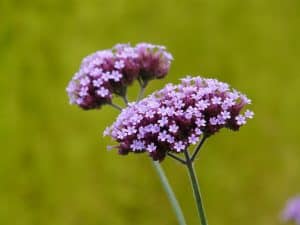 Luckily, that extra attention won’t require much of your time.
Luckily, that extra attention won’t require much of your time.
Keep in mind that if you grow your flowers in the ground they will require less attention as their roots can ‘dig deeper’ and often solve their own problems, whereas plants grown in pots need much more frequent and regular care as they they are in a more isolated environment.
Light: What light needs do you have?
You must have this plant in a very bright area of your home, but at the same time have semi-shade that protects it from inclement sunlight.
Substrate and Fertilizer: How do we prepare the land?
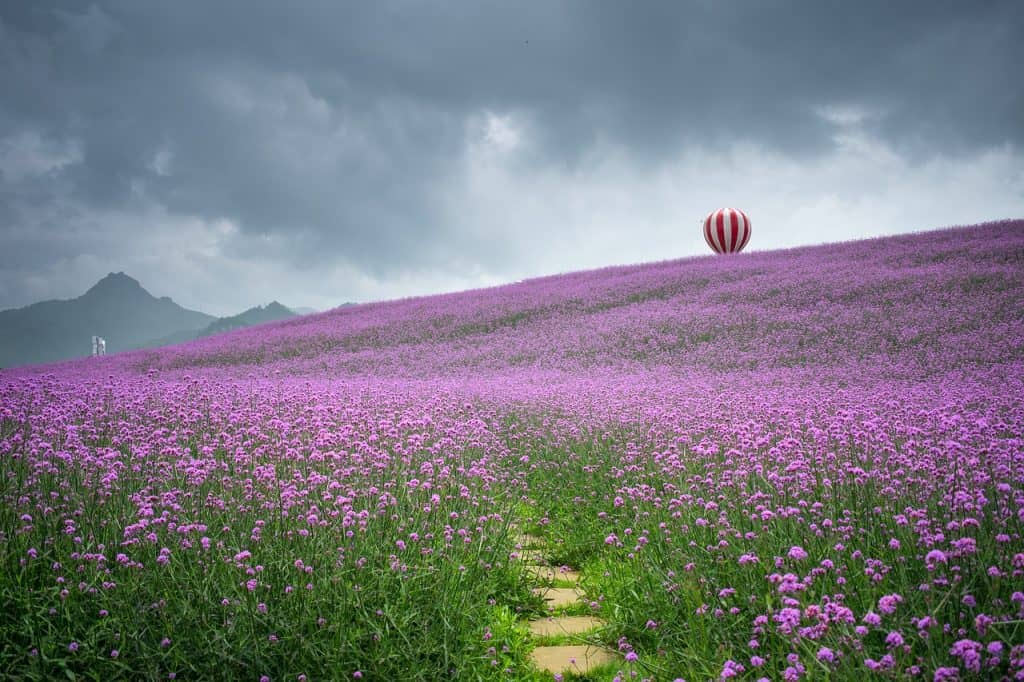 The substrate must be the one that best controls the drainage of irrigation water.
The substrate must be the one that best controls the drainage of irrigation water.
There is no worse enemy for your roots than stagnant water in the pot.
During the flowering period, it must be strengthened with the application of an organic fertilizer of excellent quality.
A sandy soil is very suitable for it, despite the fact that the Verbena does not require anything and actually adapts to any type of substrate, since this plant belongs to a subnitrophilous modality.
Irrigation: how often and how?
Gardening experts recommend watering this perennial plant only once a week to prevent it from suffocating and dying from root rot, or in the best of cases, the appearance of very annoying fungi.
It is becoming more and more common to see it in pots or pots, inside homes, because in reality it requires very little and offers an unforgettable visual spectacle.
Did you know…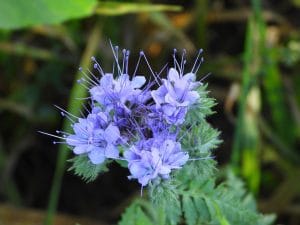 But it is very important to consider the following: if the environment where you grow the plant is warm, you must necessarily do a pruning in the fall.
But it is very important to consider the following: if the environment where you grow the plant is warm, you must necessarily do a pruning in the fall.
If this gift is not given, the plant will die damaged by cold air currents. Instead, it will stay with you longer if you prune it properly.
It is common to take advantage of its [beauty to make various decorations in centerpieces, terraces, homes and much more.
Possible vervain problems
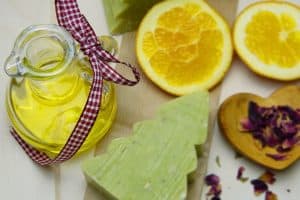 Verbena is one of the freest flowering plants that can be grown, suffering from few pest or disease problems.
Verbena is one of the freest flowering plants that can be grown, suffering from few pest or disease problems.
When there are problems, they are usually caused by a lack of sufficient sunlight or poorly drained soil. Here are some signs of stress and look for possible solutions.
little flowering
Poor flowering plants are often the result of too much shade.
Move your verbenas to a spot in the garden where they get 6 or more hours of sun. Verbenas do well after being transplanted, so don’t hesitate to relocate your plants to a better spot.
Mildew
Powdery mildew is the most common problem seen on verbenas, and even the new mildew-resistant varieties are not immune.
Make sure you give your plants adequate space for good air circulation and avoid watering them from above. Don’t water your plants at night either, so the foliage doesn’t stay wet overnight.
Yellow sheets
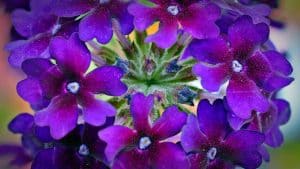 Yellow leaves, poor flowering, and root rot are signs of poor drainage. You can often save your plants by transplanting to an area with better drainage or to raised beds.
Yellow leaves, poor flowering, and root rot are signs of poor drainage. You can often save your plants by transplanting to an area with better drainage or to raised beds.
For container grown plants, add more drainage holes.
spider mites
Spider mites are one of the few pests that are a problem for vervain.
If you see a spiderweb on your plants and the leaves are discolored, try spraying the foliage with a strong stream of water or use an insecticidal soap. Avoid chemical insecticides that can harm pollinators.
Frequently asked questions about vervain
What about lemon verbena?
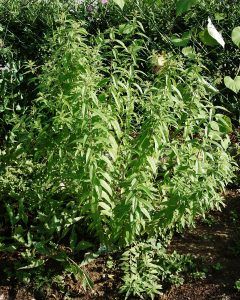 A popular member of the verbena family, lemon verbena (Aloysia triphylla) actually belongs to another genus.
A popular member of the verbena family, lemon verbena (Aloysia triphylla) actually belongs to another genus.
Its leaves give off a lemony scent when rubbed and are widely used in aromatherapy products, perfume, medicine, and as a culinary herb.
What about blue vervain?
Known primarily for its use as a medicinal herb, blue verbena (Verbena hastata) grows from 60 to 180 centimeters tall and blooms from July to September. In the wild, it forms colonies with slow-spreading, self-seeding rhizomes.
What about purple vervain?
There are also varieties of tall verbena (Verbena bonariensis), also called Brazilian verbena or purple roof verbena.
The plants are 120 to 150 centimeters tall, usually annual growers, and have 5-centimeter flower clusters on slender but sturdy stems.

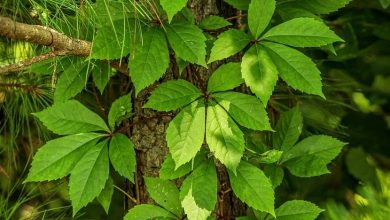
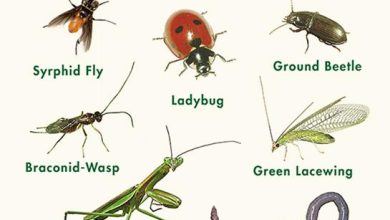

![Photo of The Complete Guide to Persimmon Cultivation [What You Should Know]](https://www.complete-gardening.com/wp-content/uploads/2022/08/the-complete-guide-to-persimmon-cultivation-what-you-should-know-390x220.jpg)